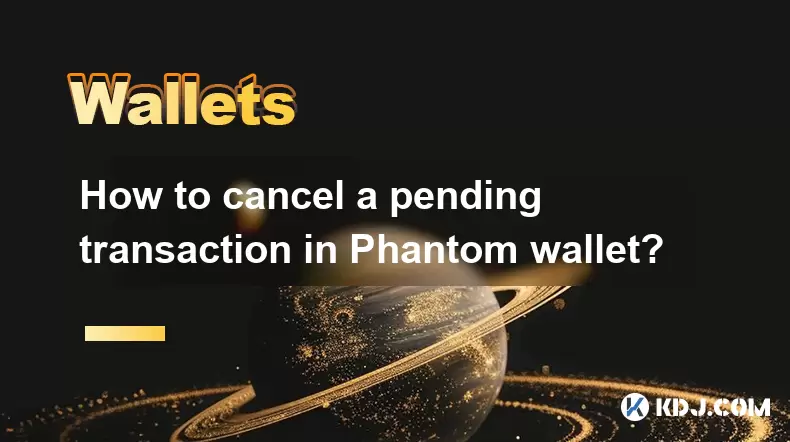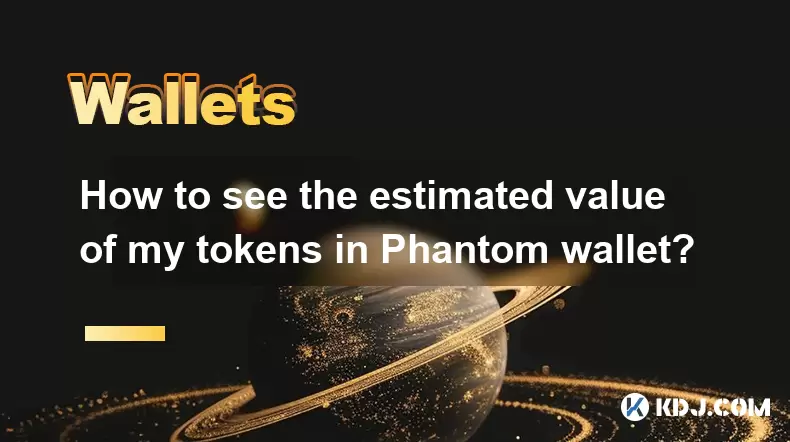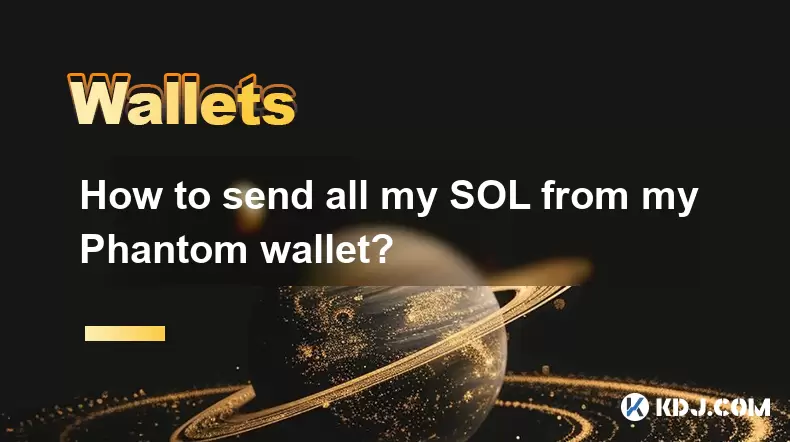-
 Bitcoin
Bitcoin $108,250.0992
0.11% -
 Ethereum
Ethereum $2,515.9404
0.03% -
 Tether USDt
Tether USDt $1.0003
0.00% -
 XRP
XRP $2.2166
-0.19% -
 BNB
BNB $656.5904
0.29% -
 Solana
Solana $147.4122
-0.58% -
 USDC
USDC $1.0000
-0.01% -
 TRON
TRON $0.2830
0.06% -
 Dogecoin
Dogecoin $0.1641
0.27% -
 Cardano
Cardano $0.5739
-0.19% -
 Hyperliquid
Hyperliquid $39.1463
-0.11% -
 Sui
Sui $2.8882
-0.02% -
 Bitcoin Cash
Bitcoin Cash $487.6428
0.31% -
 Chainlink
Chainlink $13.2097
0.07% -
 UNUS SED LEO
UNUS SED LEO $9.0308
0.10% -
 Avalanche
Avalanche $17.8608
0.13% -
 Stellar
Stellar $0.2379
-0.06% -
 Toncoin
Toncoin $2.7400
-0.39% -
 Shiba Inu
Shiba Inu $0.0...01144
-0.36% -
 Litecoin
Litecoin $87.5467
0.66% -
 Hedera
Hedera $0.1538
0.22% -
 Monero
Monero $315.5479
0.36% -
 Dai
Dai $1.0000
0.00% -
 Polkadot
Polkadot $3.3523
-0.71% -
 Ethena USDe
Ethena USDe $1.0003
0.01% -
 Bitget Token
Bitget Token $4.3960
-1.03% -
 Uniswap
Uniswap $7.2663
4.19% -
 Aave
Aave $272.8619
2.04% -
 Pepe
Pepe $0.0...09676
-0.18% -
 Pi
Pi $0.4586
-2.87%
How to set up the two-factor verification function of the Dogecoin wallet?
Secure your Dogecoin with two-factor authentication (2FA)! While methods vary by wallet (authenticator apps, email), prioritizing reputable providers and backing up recovery codes is crucial for preventing unauthorized access.
Mar 20, 2025 at 03:56 pm

Key Points:
- Two-factor authentication (2FA) significantly enhances Dogecoin wallet security.
- Different Dogecoin wallets offer varying 2FA methods. The process isn't standardized across all platforms.
- Setting up 2FA usually involves linking a mobile authenticator app or email address.
- Always prioritize reputable wallets and be wary of phishing attempts.
How to Set Up the Two-Factor Verification Function of the Dogecoin Wallet?
Setting up two-factor authentication (2FA) for your Dogecoin wallet is crucial for protecting your DOGE from unauthorized access. However, the exact process depends entirely on the specific wallet you're using. There's no universal method. Some wallets might offer more robust 2FA options than others. Always verify the legitimacy of your wallet provider before proceeding.
Popular Dogecoin Wallets and Their 2FA Methods:
Many wallets support Dogecoin, each with its own 2FA implementation. Let's explore some common examples.
1. Hardware Wallets (e.g., Ledger, Trezor):
Hardware wallets are generally considered the most secure option. They often incorporate PIN codes and potentially a passphrase for an extra layer of security, acting as a form of 2FA. Refer to your specific hardware wallet's manual for detailed instructions on setting up its security features. This usually involves connecting the device to your computer and navigating through its on-screen menu.
2. Software Wallets (e.g., Exodus, Atomic Wallet):
Software wallets frequently offer 2FA through authenticator apps like Google Authenticator or Authy. The process usually involves:
- Finding the "Security" or "Settings" section within your wallet's interface.
- Selecting "Two-Factor Authentication" or a similar option.
- Choosing your preferred 2FA method (typically an authenticator app).
- Scanning the QR code displayed by the wallet using your authenticator app.
- Entering a backup code provided by the wallet (essential in case you lose access to your authenticator).
3. Web Wallets (e.g., exchanges that support DOGE):
Exchanges that hold Dogecoin often provide 2FA. This typically involves:
- Accessing your account settings on the exchange's website.
- Locating the security settings and enabling 2FA.
- Choosing between options like email-based codes, authenticator apps, or SMS codes (SMS is generally less secure).
- Following the exchange's on-screen instructions to complete the setup. Each exchange has a unique process, so careful attention to their specific guidelines is crucial.
4. Paper Wallets:
Paper wallets, while offering offline storage, inherently lack built-in 2FA. Their security relies entirely on physical protection and secure handling. Losing the paper wallet means losing your Dogecoin.
Important Considerations:
- Authenticator App Backup: Always back up your authenticator app's recovery codes. Losing access to your authenticator without these codes can render your wallet inaccessible.
- Phishing Awareness: Be extremely cautious of phishing attempts. Legitimate wallet providers will never ask for your seed phrase or private keys.
- Regular Updates: Keep your wallet software updated to benefit from the latest security patches.
Choosing the Right 2FA Method:
Authenticator apps (Google Authenticator, Authy) are generally preferred over SMS or email-based codes due to their enhanced security. SMS is vulnerable to SIM swapping attacks, while email can be compromised.
Security Best Practices Beyond 2FA:
Even with 2FA, additional security measures are advisable. These include strong, unique passwords, regular software updates, and vigilance against phishing scams.
Frequently Asked Questions (FAQs):
Q: What happens if I lose access to my authenticator app?
A: If you've backed up your recovery codes, you can use them to regain access. If not, you may lose access to your Dogecoin.
Q: Is 2FA foolproof?
A: No security measure is entirely foolproof. While 2FA significantly reduces the risk of unauthorized access, it's not an absolute guarantee.
Q: Can I use the same authenticator app for multiple wallets?
A: Yes, but be careful to keep track of which codes correspond to which wallets.
Q: My Dogecoin wallet doesn't offer 2FA. What should I do?
A: Consider switching to a wallet that supports 2FA. The security of your Dogecoin is paramount.
Q: How often should I review my wallet's security settings?
A: Regularly reviewing your security settings, including 2FA, is a good practice. The frequency depends on your risk tolerance and the value of your DOGE holdings.
Q: What should I do if I suspect my wallet has been compromised?
A: Immediately change your passwords, revoke any API keys, and contact your wallet provider's support if available. Consider monitoring your transactions closely for any unauthorized activity.
Disclaimer:info@kdj.com
The information provided is not trading advice. kdj.com does not assume any responsibility for any investments made based on the information provided in this article. Cryptocurrencies are highly volatile and it is highly recommended that you invest with caution after thorough research!
If you believe that the content used on this website infringes your copyright, please contact us immediately (info@kdj.com) and we will delete it promptly.
- Litecoin Breakout Watch: What Traders Need to Know Now
- 2025-07-06 16:50:13
- Bitcoin, Solana, Ethereum: Decoding the Latest Buzz on the Blockchain
- 2025-07-06 16:50:13
- Widnes Resident's 50p Could Be Your Ticket to Easy Street: Rare Coin Mania!
- 2025-07-06 16:55:13
- Bitcoin, Solaris Presale, and Token Rewards: What's the Buzz?
- 2025-07-06 16:55:13
- Ethereum Under Pressure: Price Drop Amid Global Uncertainties
- 2025-07-06 17:00:13
- XRP, SEC Case, and Prosperity: A New Era for XRP Holders?
- 2025-07-06 17:10:13
Related knowledge

How to cancel a pending transaction in Phantom wallet?
Jul 03,2025 at 07:21pm
Understanding Pending Transactions in Phantom WalletA pending transaction in the Phantom wallet occurs when a user initiates a transfer or interaction with the Solana blockchain, but it hasn't yet been confirmed by the network. This can happen due to various reasons such as low transaction fees, network congestion, or incorrect gas settings. It's import...

How to see the estimated value of my tokens in Phantom wallet?
Jul 04,2025 at 12:21am
What is Phantom Wallet?Phantom wallet is one of the most popular cryptocurrency wallets designed for the Solana blockchain. It allows users to store, send, receive, and manage various tokens built on Solana, including SPL tokens and NFTs. The wallet offers a user-friendly interface, making it accessible for both beginners and advanced users in the crypt...

How to lock my Phantom wallet extension?
Jul 03,2025 at 11:14am
What Is the Phantom Wallet and Why Lock It?The Phantom wallet is a popular non-custodial cryptocurrency wallet designed for interacting with the Solana blockchain. Supporting both browser extensions and mobile apps, Phantom allows users to store, send, receive, and stake SOL tokens, as well as interact with decentralized applications (dApps). Securing y...

Does Phantom wallet offer two-factor authentication (2FA)?
Jul 03,2025 at 09:00am
Understanding Phantom Wallet and Its Security FeaturesPhantom wallet is a widely used non-custodial cryptocurrency wallet that supports the Solana blockchain. It allows users to store, send, receive, and interact with decentralized applications (dApps) seamlessly. As security is a top priority for any crypto wallet user, security features like two-facto...

How to send all my SOL from my Phantom wallet?
Jul 06,2025 at 10:00am
Preparing to Send SOL from Your Phantom WalletBefore initiating any transaction, it is crucial to ensure that your Phantom wallet is fully set up and connected to the correct network. Phantom supports multiple networks, but for sending SOL, you must be on the Solana blockchain. Confirm this by checking the network indicator in the top-right corner of th...

What is "rent" on Solana and how does it affect my Phantom wallet?
Jul 02,2025 at 08:35pm
Understanding 'Rent' on SolanaIn the context of Solana, the term 'rent' refers to a storage fee that users pay for maintaining data on the blockchain. Unlike Ethereum, where storage costs are paid once via gas fees during contract deployment, Solana implements a recurring cost model to ensure efficient usage of network resources. This means that any acc...

How to cancel a pending transaction in Phantom wallet?
Jul 03,2025 at 07:21pm
Understanding Pending Transactions in Phantom WalletA pending transaction in the Phantom wallet occurs when a user initiates a transfer or interaction with the Solana blockchain, but it hasn't yet been confirmed by the network. This can happen due to various reasons such as low transaction fees, network congestion, or incorrect gas settings. It's import...

How to see the estimated value of my tokens in Phantom wallet?
Jul 04,2025 at 12:21am
What is Phantom Wallet?Phantom wallet is one of the most popular cryptocurrency wallets designed for the Solana blockchain. It allows users to store, send, receive, and manage various tokens built on Solana, including SPL tokens and NFTs. The wallet offers a user-friendly interface, making it accessible for both beginners and advanced users in the crypt...

How to lock my Phantom wallet extension?
Jul 03,2025 at 11:14am
What Is the Phantom Wallet and Why Lock It?The Phantom wallet is a popular non-custodial cryptocurrency wallet designed for interacting with the Solana blockchain. Supporting both browser extensions and mobile apps, Phantom allows users to store, send, receive, and stake SOL tokens, as well as interact with decentralized applications (dApps). Securing y...

Does Phantom wallet offer two-factor authentication (2FA)?
Jul 03,2025 at 09:00am
Understanding Phantom Wallet and Its Security FeaturesPhantom wallet is a widely used non-custodial cryptocurrency wallet that supports the Solana blockchain. It allows users to store, send, receive, and interact with decentralized applications (dApps) seamlessly. As security is a top priority for any crypto wallet user, security features like two-facto...

How to send all my SOL from my Phantom wallet?
Jul 06,2025 at 10:00am
Preparing to Send SOL from Your Phantom WalletBefore initiating any transaction, it is crucial to ensure that your Phantom wallet is fully set up and connected to the correct network. Phantom supports multiple networks, but for sending SOL, you must be on the Solana blockchain. Confirm this by checking the network indicator in the top-right corner of th...

What is "rent" on Solana and how does it affect my Phantom wallet?
Jul 02,2025 at 08:35pm
Understanding 'Rent' on SolanaIn the context of Solana, the term 'rent' refers to a storage fee that users pay for maintaining data on the blockchain. Unlike Ethereum, where storage costs are paid once via gas fees during contract deployment, Solana implements a recurring cost model to ensure efficient usage of network resources. This means that any acc...
See all articles

























































































